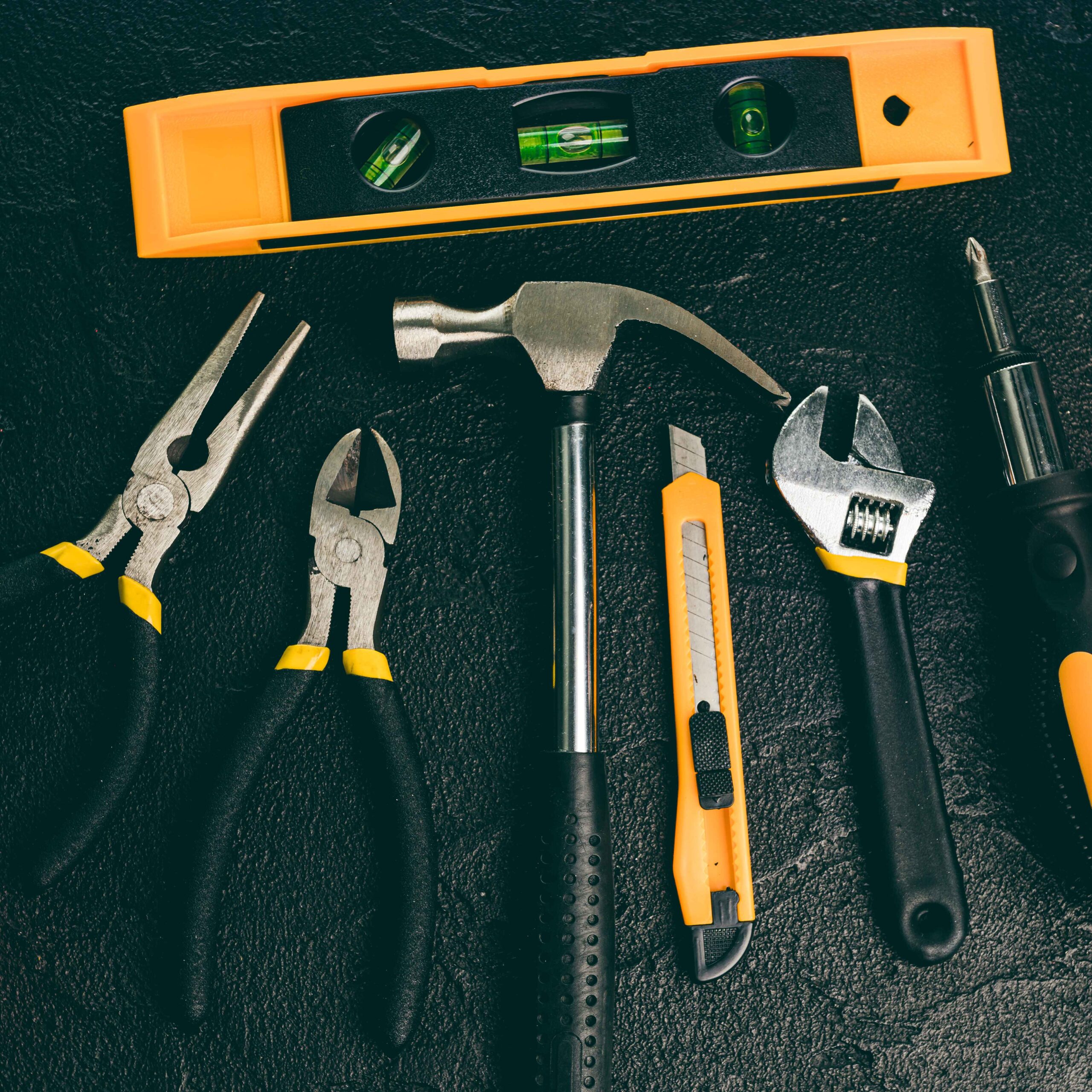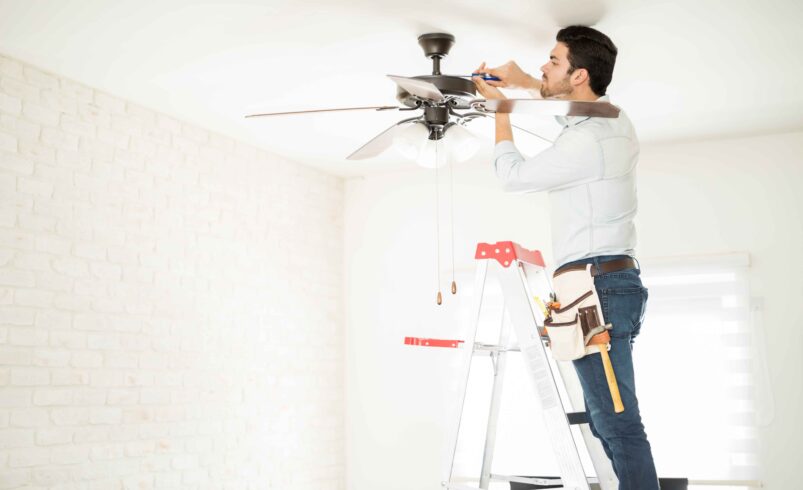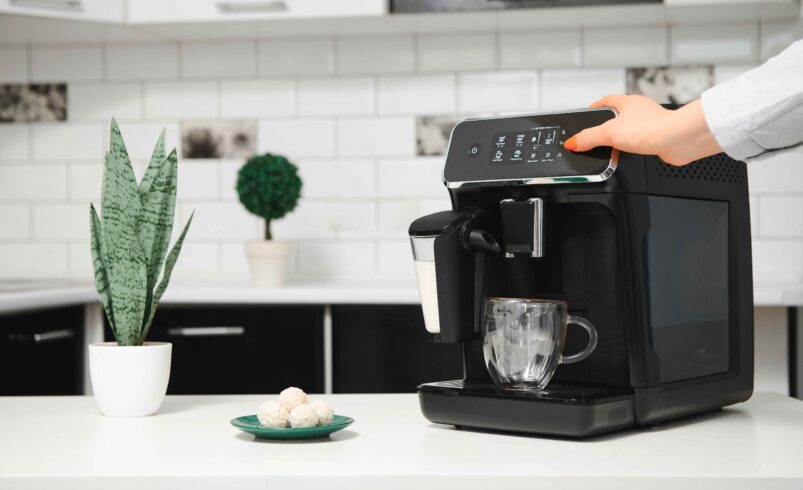How to Keep Your Ceiling Fan from Getting Grimy (And Spreading Dust)
- June 14, 2025
- 0
Introduction Ceiling fans are a quiet hero of comfort—circulating air, cooling rooms, and helping you feel fresher year-round.But here’s the catch: they’re also a top dust collector. Ever










